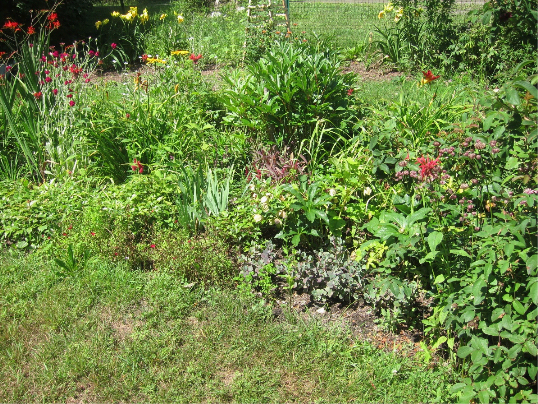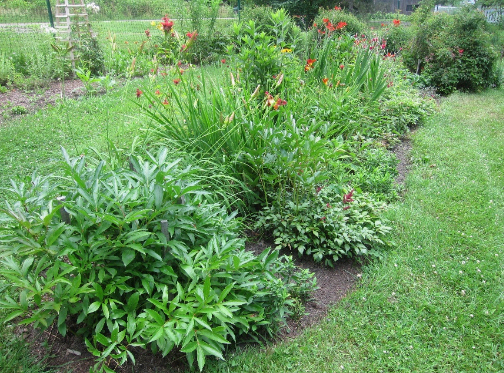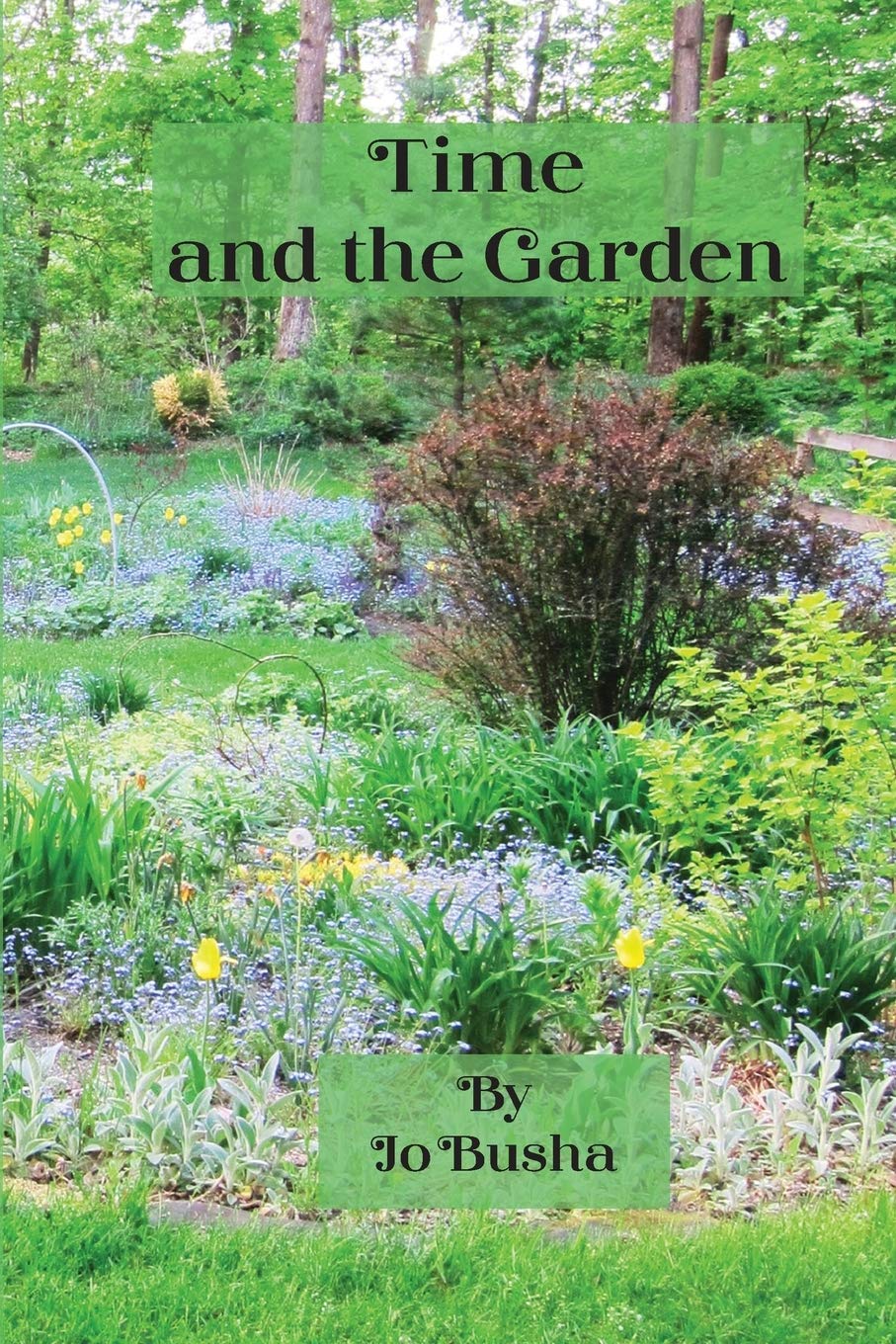This website uses cookies so that we can provide you with the best user experience possible. Cookie information is stored in your browser and performs functions such as recognising you when you return to our website and helping our team to understand which sections of the website you find most interesting and useful.
Self-Editing: Removing the Excessive, the Repetitive, the Overblown–in the Garden! by Jo Busha


It is easy to glance past the problems developing in the garden when flowers are blooming at the height of summer. Swathes of daylilies and mounds of lady’s mantle, spires of spike speedwell and clumps of spiderwort assure the tired gardener that the bursts of color mean that all is well. As summer progresses, and plants mature, the excitement of the spring planting season wanes a bit. Hot and humid weather makes being out in the sun less pleasurable and the gardener can rightfully judge that a rest from horticulture is warranted.
Then, on a leisurely stroll along the garden’s path, in the cool of the evening, a certain disquiet develops. The gardener notices that the beds no longer look crisp, that some plants have been obscured by inconsiderate neighbors. Oh, yes, the gardener remembers now. It is mid-summer—time to edit the garden beds. Like editing a document, garden editing involves removing the excessive, the repetitive, the overblown, and the ‘purple prose.’ Tweaking is in order: a little weeding, some judicious pruning, a spate of deadheading and even cutting down whole plants that have – in that English term I love – “gone over.”
When I was a new gardener I believed that during each bout of gardening I should pick a bed and completely clean it up: weed out every square inch, eliminate every self-sown plant that had wandered in, remove every brown leaf, trim every clump of expanding perennials. It was exhausting and took so long I often couldn’t complete the bed in one session. But I have become less obsessive about being in control of every garden bed. I tolerate more of the self-sown interlopers, though they cannot be guaranteed a welcome. I can overlook some weeds, especially small varieties that don’t shout, “I am a weed!” I can let some deadheads stand if the seed heads are attractive when dry. Oriental Poppies, Astilbe, Sedum Autumn Joy are some that get left, at least for a while.
I recently found myself editing two beds in one afternoon. The larger of the two is a bed I call the Victorian Bed. (Think jewel tones, Persian carpets, red flocked wallpaper.) It was clearly overgrown and less attractive than it might be. Hellebore bracts that still looked good a month after the flowers were gone had now turned brown and flopped onto nearby plants. The dianthus needed shearing to remove the browned flowers. Daylilies begged to be deadheaded. Spent forget-me-nots I had missed on my last clean-up through this bed, were overdue for their trip to the compost pile. Flopping white Lychnis had to go, as well.
Since the paths in my garden are grass, the edges tend to get overgrown. I trimmed the grass edges with shears. It does not give that crisp, sharp edge that gardeners love, but is a quick substitute to identify the divide between bed and path. I will come back and cut the edges properly another day. Were there still weeds left when I finished? Oh, yes. And many other flaws, as well. But the bed looked less neglected, more intentional. With the edge better defined, I was confident that the mower (my husband) would be able to avoid chopping plants that had been disguised in the general overgrowth.
By then the afternoon had grown hot. I moved my editing project to the shade of the Jungle Bed. In this little bed, I use mostly hardy perennials to create a lush, jungle-like atmosphere. Potted plants and houseplants that summer outside are also included.
Not only was it lush, it was a bit of a mush. The little Laughing Buddha statue (a souvenir of a visit with my sister in Florida) was lost under an overhanging Ligularia “Othello.” Ostrich ferns were obscuring the shredded umbrella plant (Syneilesis aconitifolia.) Stems of Tabularis astilboides had flopped and now leaned heavily on a small potted peace lily and a Christmas fern. I liberated Buddha and opened up space around the shredded umbrella (and discovered it had sent up several new shoots this year.) The peace lily got the attention she deserved – especially this summer, a little more space for her and some gardening-peace so welcome for me!

Jo Busha is the author of Time and the Garden, a collection of essays written over a ten-year period about gardening, life in Vermont, and observations of the natural world by author. It is arranged by season, but not all the essays have a specific seasonal connection. It will appeal to gardeners, readers seeking a strong sense of place, and people interested in rural living, even if they aren’t able to live it. This place, where Busha has lived for 45 years, has played a huge role in her life. While not a how-to book, gardeners may find the essays instructive. Booklovers are likely to feel this a cozy read, warmth for a snowy day.
To learn about our latest science-based children’s books and workbooks, to read our latest blog posts about reptiles, birds, cats, and gardening, in a variety of locations, and about how the books come to be, what inspires an author to write, and many more interesting aspects of the publishing business, fill in the box below and we will add you to our email list.
Thank you!




